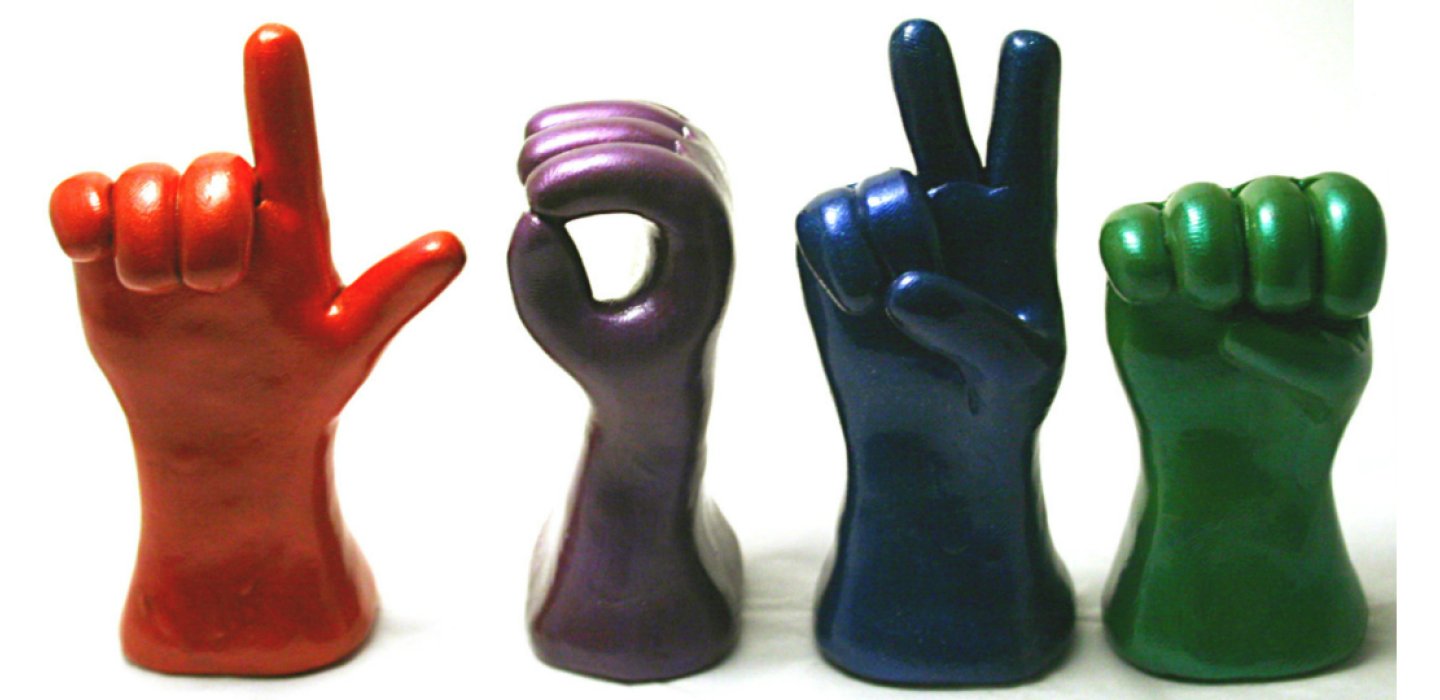
Malone is the birthplace of an extraordinary love story. Henry Closson Rider married Helen A. Chandler in 1857. Together they nurtured generations of neglected children.
They were deaf. The neglected children were deaf. They were all at the leading edge of a revolution in education.
And humanitarianism.
A world of silence
From our modern perspective, it can be difficult to understand how many struggles the deaf were challenged with during the mid-nineteenth century. There's a clue in the archaic (and offensive) phrase "deaf and dumb." The ancient meaning of "dumb" was "mute," but because the deaf could have difficulty communicating without education or guidance, it became a synonym for mentally deficient.
The Riders were determined to change all that. Henry and Helen had been fortunate in their circumstances, compared to many of the students they would be helping in the future.

Henry Closson Rider was born in 1832, near Howe Caverns. His father was a successful businessman and Oneida County Assemblyman. His mother died in his infancy, and at four years old he lost his hearing after a bout of scarlet fever. Helen C. Chandler, whose ancestors fought in the American Revolution, also lost her hearing at an early age. Her parents were able to educate her at home, with a governess, until the age of thirteen, when she was sent to the New York Institution for the Deaf and Dumb in New York City.
This is where she met Henry, who also studied there from 1846 to 1855. He graduated with honors, which included a gold medal and fifteen volumes of Washington Irving's works bound in sheepskin. Their Institution was considered the most advanced course of study, open to deaf mutes, in the entire world.

Just the place to light the flame of reform for when they returned home to Upstate New York. They began by establishing their first home, in Mexico, New York, it soon became known throughout the area as a place where doors were always open to the deaf.
Henry continued his passionate advocacy. He became the first secretary of the "Empire State Association of Deaf Mutes," a leading group in the entire country, and then their president for sixteen years. in 1880 the National Convention of Deaf Mutes at Cincinnati chose him as their vice president. In 1872 he founded what became the leading paper for the deaf in the United States, the "Deaf Mute Journal." In 1879 he made an unsuccessful attempt to establish a deaf educational institution in Albany, New York.

Throughout this time, Henry maintained his business interests, needed for the support of seven children, none of whom were deaf or had any sensory impairments. It was his work for the Mutual Life Insurance Company for Deaf Mutes which brought him to Northern New York State.
Here he learned of the forty, or perhaps more, deaf mutes of school age residing in surrounding counties who were not able to be formally educated. He tried again to establish a school for the deaf, giving up his business pursuits toward this goal, and enlisting the aid of the citizens of Malone.
This time, their ideas found fertile ground.
Institute for the Deaf
Early in 1884 Henry used his considerable communications skills to convey the poor prospects of the area's deaf children. There were a considerable number of them growing up in ignorance, lacking any education or vocational training that would let them pursue any means of making a living beyond that of a common laborer.
Through the efforts of many civic minded citizens, the first term of the Northern New York Institution for Deaf-Mutes opened on September 10, 1884. There were twelve pupils, in a single building. Henry C. Rider was their superintendent, and Edward C. Rider, his son, was the sole teacher.

Soon, the state was convinced to set aside education funds for the school, which became a boarding school upon consideration of the harsh weather, lack of roads, and large distances of the area it served. Helen Rider served as the Matron, or housemother, as the school became a home away from home for as many as 129 pupils (as in 1929.) When the children who had formerly been thought of as "difficult" or "dull" bloomed under the concentrated care, parents became more confident about letting their children attend.
The best minds of the time were determined that the deaf would be best served if they could function as closely as possible as the hearing world did. Classes in lip-reading and speech were required, and only if a child could not manage such skills would they be taught what was known as "finger spelling."
Mindful of the small rural hometowns of many of the children, the school also operated an eighty-acre farm, with cows, hens, pigs, and a team of horses. In 1939 they produced over 2000 dozen eggs, 24 bushels of tomatoes, 94 quarts of rhubarb, and 40 glasses of blackberry jelly.
But there were many students from the larger towns from as far south as Albany, and students whose academic progress meant they could aspire to higher learning. Students went on to careers in publishing, the ministry, and medicine as more advanced classes were added to the curriculum. Many went on to attend Gallaudet University in Washington, D.C.
While at the school, the students enjoyed scouting, athletic teams, and even combination aesthetic and practical efforts in voice, body rhythms, and a percussion band. This was thought to help the children more easily understand speech from others, while improving their own.

They implemented a state-of-the-art treatment room which practiced "actual curative and preventative work in cases of acquired deafness," according to an official publication. Such medical care was able to improve the hearing of some students, such as the valedictorian of the of the class of 1940, who no longer suffered a serious hearing loss or any noticeable speech defects.
As travel became easier and other vocational and schooling options for the deaf expanded, the Institute found itself in financial difficulties while its enrollment dwindled.
making dreams a reality
For over fifty years the Malone School for the Deaf both nurtured and educated the hearing impaired children found in their corner of the nation. Their drive to give these children an education that would let them become productive adults reached its peak due to advances in both education and public health. The school closed its doors, due to low enrollment, in 1942.
Attempts to find new uses and financing for the buildings failed, due in part to the high cost of retrofitting them to modern standards.

Henry Rider once wrote a Malone friend:
"We are engaged in giving the uneducated deaf-mutes a language, without which there is no possible way by which they can bridge this external cult of silence. Language, oral or written, universally serves as nothing else can. It is a messenger fleeter than the wing-footed god; a medium more facile than the cunning of the hand; a light as true and delicate as a sunbeam, to play upon the mirror of the soul, to portray the thought or feeling; a power of incomparable adaptation to utilize universal knowledge, to prove and improve the spirit of man, to wound or heal, to lift upright and smite wrong; a storehouse at once of the universe, and the key that unlocks it; the solace of home and the light from heaven. To be without it is the lot of the uneducated deaf-mute.
Education opens to their minds the avenues of intelligent communication with the world and bridges for them the hitherto impassable gulf of silence."
The Riders were an extraordinary couple who dedicated their lives to the uplifting of those less fortunate. Though the Institute itself is now no longer needed, and soon to vanish from all but memory... those memories will live on for centuries to come.
Find Malone lodging. There's good eating at our dining spots. Explore our attractions.
Historic photos from Franklin County Historical and Museum Society. Header photo from SignLanguageHands.com
This week: Fall in love with the ADKs
In sickness and in health (literally)
Getting closer, playing harder


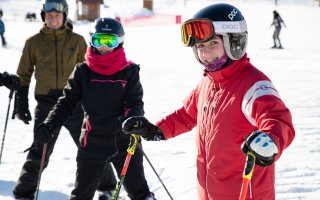
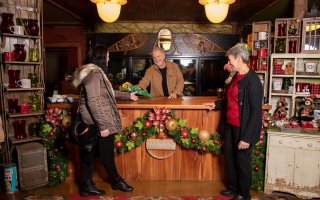
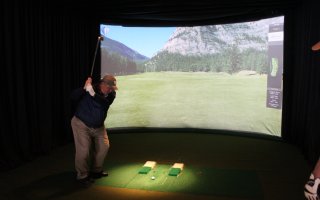
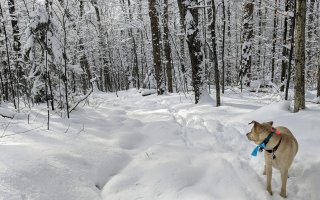
Comments
Add new comment